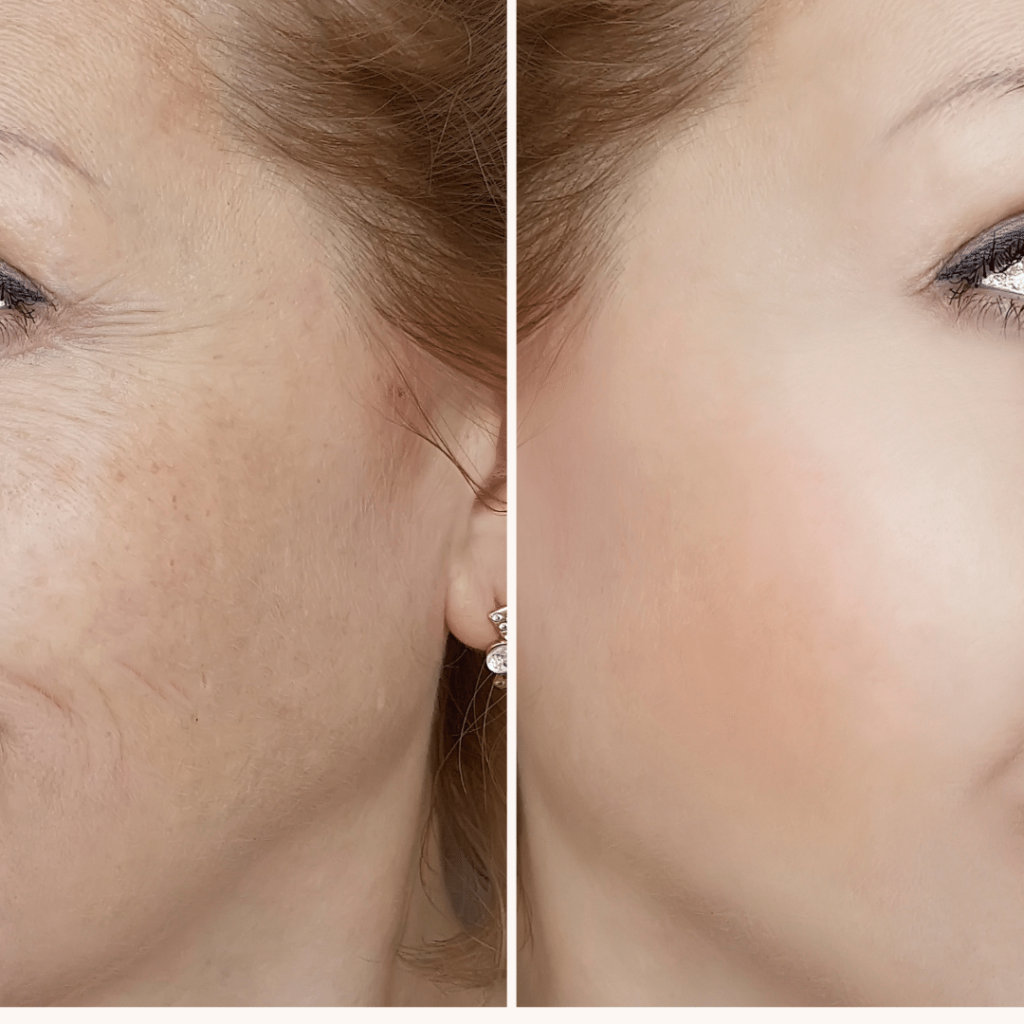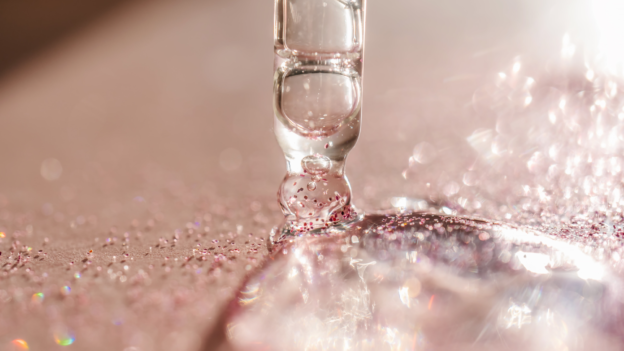An example I give to my students is that building molecules is like assembling LEGO blocks. LEGOs come in a wide variety of colours and shapes, just like atoms. The LEGO blocks (just like atoms) can snap together in many ways; these larger arrangements are called molecules. I could give you LEGO instructions for 20 different final structures, or “molecules”. Each of them is a relatively small structure and represents one of the 20 natural “amino acids” found in Nature. They all have their own unique size and shape.
Our bodies use amino acids to make proteins like muscle and enzymes which help our body do useful work. A “peptide” is a molecule made from several unique amino acid blocks, all clicked together into one molecule. It’s sort of like a train of LEGO blocks, all connected in a row. With enough length, the floppy peptide chain can start to fold and twist, forming a complicated three-dimensional structure. That’s what peptides are – complicated “LEGO” masterpieces made from anywhere from two to several hundred amino acids, all linked end-to-end like a long set of train cars, folded up into a complex shape. B
Just like a LEGO model can do different things – you can “drive” a LEGO car, you can “live in” a LEGO house – different peptides and proteins (very long peptides) do different things in our body. As an example, collagen is a protein in our skin that provides elasticity and strength, to prevent skin from sagging.
Through decades of research into biochemistry, chemists have determined how to make specific peptides by hand. Even better, when these peptides are applied to the skin, they can send a specific message. The unique 3-dimensional shape of the peptide “locks onto” various receptors in our skin, which act as landing pads that only fit that one shape object. They’re very “picky”, and only allow that one peptide to dock. Once a peptide docks at a receptor, the body doesn’t ask any questions – it immediately begins a pre-determined sequence of actions. “Stop making that! Start making this! Get rid of that right now, and open this section!”, etc.

As an example, many peptides designed for cosmetics can send skin cells a message that commands it to make more collagen. Collagen is crucial; it keeps our skin firm and elastic. As we age our body naturally begins to produce less collagen, which means the skin can wrinkle and start to sag. There are peptide additives available that can send a “make more collagen immediately!” message to the body. Using such a peptide in a skincare product could help reduce the signs of ageing.
Other cosmetic peptides have been developed for various purposes. There are peptides for reducing inflammation, raising the skin’s hydration level, and protecting the skin against sun damage. Each peptide has its own unique shape, and our body has a unique receptor for that shape, so most peptides are not multi-functional. Peptides that help boost collagen production generally won’t hydrate the skin because they don’t have the right shape for the “hydration” landing sites. Peptides designed to reduce inflammation won’t necessarily boost collagen production. That’s the primary reason that cosmetic peptide additives often come as a pre-made blend, containing two or even three different peptides, each with its own unique shape and purpose that will be fulfilled once they dock at their specific, respective “landing sites” (receptors).
Peptides require a little care. Sometimes they can destabilize a product’s stability. They may not be compatible with harsh additives. You must always be careful not to make a medicated claim, versus a cosmetic claim; cosmetic peptides are not FDA-approved medications. However, if you choose carefully and use them in a controlled, experienced way, peptides are some of the most powerful cosmetic additives you have at your disposal. They can produce effects that are simply impossible to accomplish in any other way.
Sites like LotionCrafter.com often carry large ranges of cosmetic peptide additives. It’s always good to seek out informational pamphlets on each peptide blend, so you can see the before / after pictures and judge whether the additive matches your brand. Some of the more common blends include Matrixyl 3000 (for helping with the appearance of wrinkles) and soy-rice peptides (for helping with dark circles under the eye).
Peptides are an advanced ingredient class, but they give advanced results. If you’re up to the challenge, try incorporating them into your next serum!

